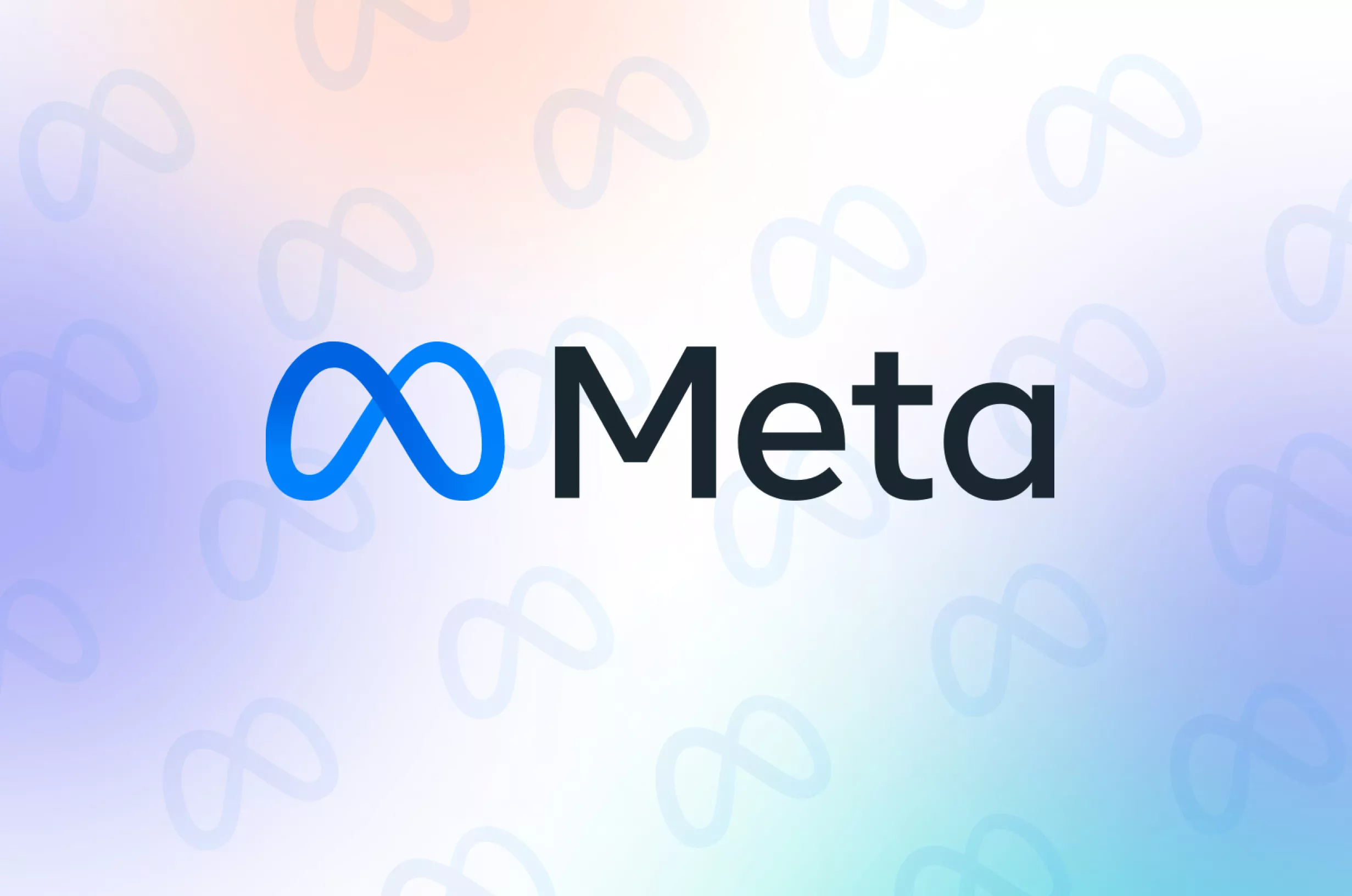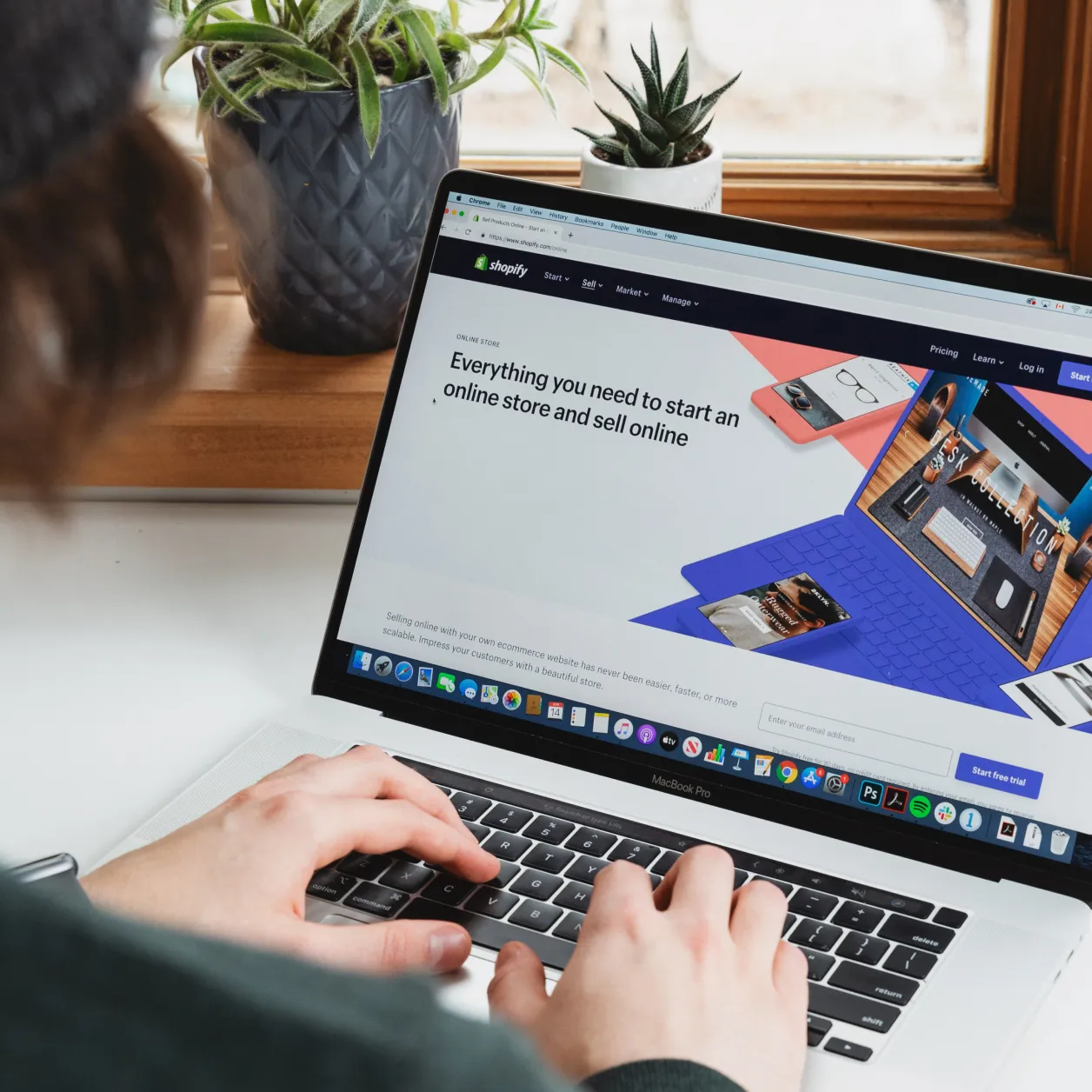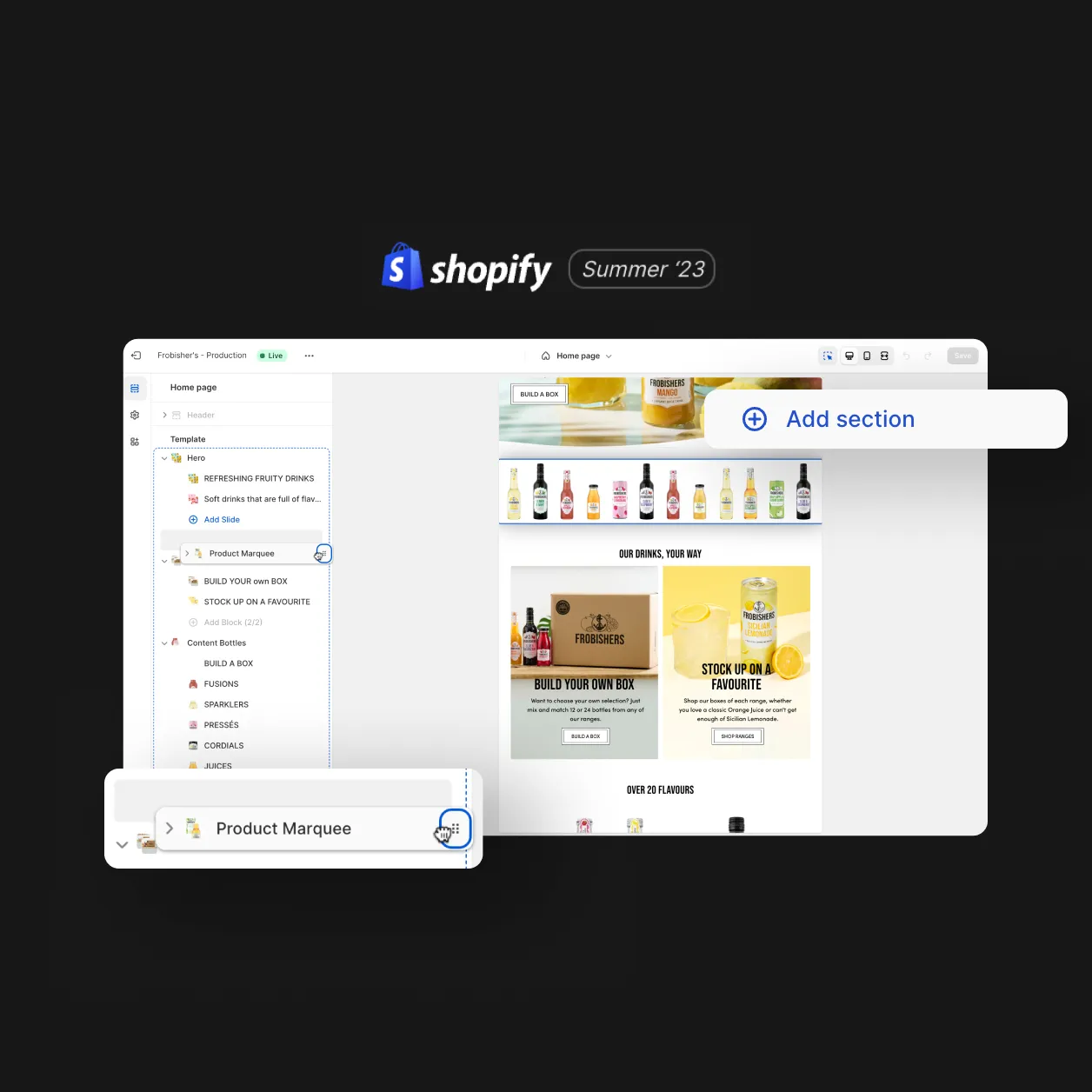
Remember when Facebook and Instagram ads were a complete dream to run? CPMs were approximately £2, your conversion rate would be pretty reliable and you’d aim for an ad refresh once a month. Maybe twice if you were feeling particularly creative. Those days are far behind us and the Meta advertising landscape is not only changing at a rapid rate, but you have to work much harder for your conversions.
But it’s not all doom and gloom. In fact, there are plenty of opportunities to succeed. You might just need to shake things up a bit. In this article, we’ll explain how we’re tackling Meta’s structural change and the new formats available that might help give you the edge.
Audience targeting vs creative
Just like Ant and Dec, one cannot exist without the other. However, we’ve certainly noticed a shift in how we think about their relationship. We’ve often focused on ‘audience-first’ advertising. The idea is that if your audiences are spot on, your creative (while important!) doesn’t need to change up too much. As long as your frequency stays at a sensible level so users aren’t getting fatigued. Audiences were everything and a campaign would succeed or fail based on how they were built.
While audiences are still really important, they have become weaker over time in terms of what Meta gives us to work with. If you’ve been running interest-based campaigns this year, you won’t have been able to target as many groups as you used to. Meta has battened down the hatches on anything associated with political, environmental and sensitive issues. It’s also removed more niche interest targeting options which can be a problem for non-mass market brands. You might have even seen more success when things are kept pretty broad – although that’s determined by how niche your product or service is. And let’s not forget the IOS.14 update, giving us far more limitations with retargeting audiences and therefore lookalikes too.
Instead, we’ve been championing the importance of strong creative that changes up regularly. Meta seems to be receptive to new creatives, regardless of ad frequency. Whether that’s motion-graphic based, product focused, UGC heavy or a combination of all of them, keeping things as fresh as possible is definitely promoting healthier campaigns. If you want to learn more about UGC-style ads, read our blog about how to increase your conversion rate with a native ad strategy.
New campaign objectives
With a few new objectives to pick from, you can better optimise your campaigns to meet your goals. While we used to have: Awareness, Consideration and Conversion (and the sub-categories within), we now have: Awareness, Traffic, Engagement, Leads, App Promotion and Sales.
The Meta Advantage Suite
Meta has added various features geared towards improving campaign performance. Still in their infancy, the following information captures everything we know so far…
Advantage + Campaigns
This is Meta’s new simplified campaign model for your conversion-focused campaigns. Just like Google’s Performance Max it reduces manual input and lets Meta do more of the ‘thinking’. More decisions are made on your behalf by Meta’s algorithm which will be a welcome relief to some people and quite a scary prospect to others. No matter what, it’s vital that we test every new update Meta provides and so we’ll be investigating our Advantage+ options over the next few weeks.
Advantage + Placements
Before now, our options for ad placements were ‘automatic’ or ‘manual’. And things aren’t changing too much here. The newly named ‘Advantage Placements’ has simply replaced the existing ‘automatic’ option. However, it does come hand-in-hand with a new feature called ‘Advantage Creative’…
Advantage Creative
The growth team at Tribe have previously struggled with the creative capabilities of Meta, in terms of both placements and enhancements. Advantage Creative helps us to overcome these road-blockers and gives us so much more freedom.
An example of creative limitations were with carousel ads. We use them because they give users the opportunity to swipe between cards and engage with either a narrative-based piece of ad content or flick through products when there are multiple SKUs that warrant a more shop-able style of ad. However, carousels didn’t sit well in portrait formats such as Instagram stories when the ‘automatic placements’ option was selected. And even with ‘manual placements’ selected, our options were minimal.
The Advantage Creative update helps to resolve this issue by applying automatic templates to suit the portrait placements, showing the CTA in the centre of the image towards the end of the ad and varying caption length to avoid text getting clipped.
In fact, all placements can now be edited individually, from the way the creative looks to what text is applied on top – if any at all. This manual approach can be pretty time consuming but we can definitely see the benefits, especially if brand look and feel is high on your list of priorities.
What happens next?
With every new update comes a testing period. And with every testing period, we need to apply our best judgement in terms of what we think will work best and when these new tactics are appropriate to use. If you’re feeling overwhelmed by the new-look Meta platform, or need pointing in the right direction, chat to our growth team.
Design
Inspiring behaviour change through visual experiences. Our digital design services ensure instant clarity and visuals that cut-through in a cluttered market.




